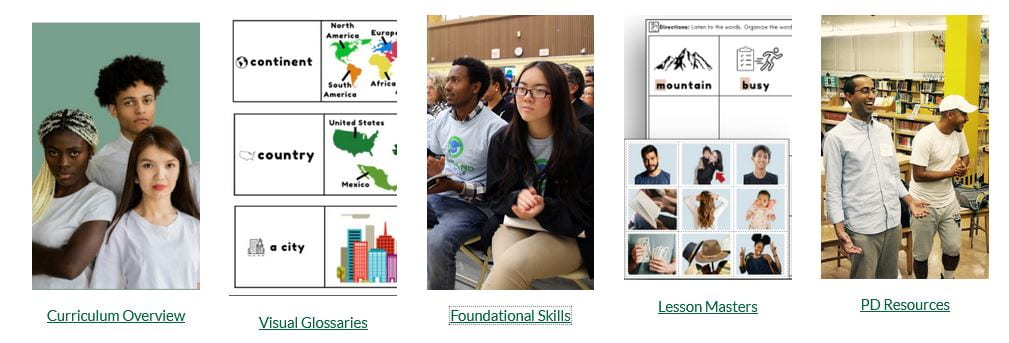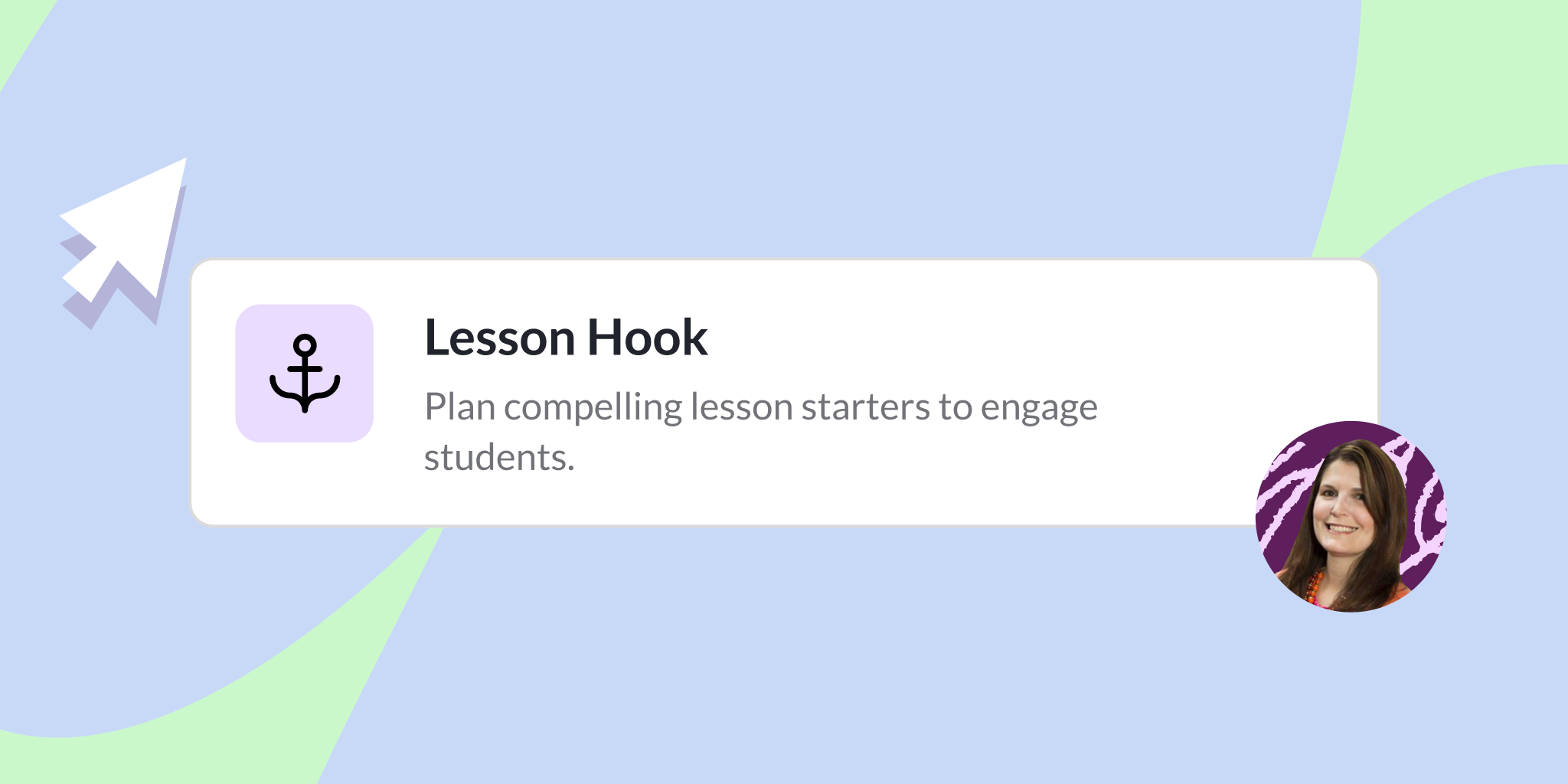There are over 4,000 universities and colleges in the United States employing over 1.5 million faculty, over half of which are either tenured or on tenure track. The National Center for Educational Statistics estimates that there are 160,000 assistant professors at any one time, so given the approximate time to tenure, it is therefore reasonable to conclude that there over 20,000 newly minted faculty hitting the ground running every year on their quest for academic establishment—most of them with relatively little preparation, training, or even awareness of the rigors and pitfalls of the tenure track journey ahead.
Much has been written about the substantive pedagogic aspects of the profession—research methodologies, student success and satisfaction, diversity and inclusiveness, etc.—but relatively little about the fundamental survival strategies necessary in the early days of a fledgling appointment while struggling with a new environment, a hefty teaching load, and demands of students and colleagues. Balancing these multiple demands can be stressful; mistakes can be made and the success rate in some disciplines can be unnervingly low.
Here, then, are 10 very basic, practical strategies for new faculty to consider during their early exploratory quests in the profession, based upon my experience of faculty development over the past 40 years. They are not necessarily appropriate for all institutions or all disciplines but offer a preliminary checklist of actions that put the challenges of academic career building in a realistic perspective. Plunging headlong into the process without any planning, forethought, or guidance is not a recipe for success, so a little reflective thinking beforehand may be prudent, even for the most talented and confident amongst you.
1. Know Your Institution
Even if you land a job at the institution that educated you, take time to find out the official philosophical and administrative underpinnings of the place. There are considerable differences between private institutions and public ones, shared governance and union campuses, and factors such as size, program mix, and location that will determine the character of each institution. Start with reading the rules, regulations, byelaws, and any recent accreditation reports that are available. Review the official website, recent news stories, and major committee minutes and note any interesting programs and initiatives that define the academic environment. Familiarization with your department and campus can help ease your transition, enable you to avoid any obvious political pitfalls, and concentrate on the immediate challenges of the new job.
2. Know Your Colleagues
If you didn’t do it before the interview, find out more about your new departmental colleagues. Web searches are quick and easy, and more detailed information on faculty backgrounds, achievements, and curricula can often be found in recent accreditation reports. Showing a general awareness of and interest in your colleagues’ work is flattering (although, should not extend to an appearance of unhealthy obsession) and can indicate shared fields of interest that could complement your own teaching and research agenda.
3. Find a Friend
The tenure process should not be a hazing exercise, and senior colleagues and academic leaders have a responsibility to mentor new faculty. However, institutions vary in their commitment to faculty development. Sadly, some still rely on the sink-or-swim approach, but others have excellent, supportive approaches to developing their new talent, so check into institutional and departmental programs that might be on offer. If none exist, explore national opportunities for mentorship within your discipline or, if appropriate, ask your departmental leader or senior colleagues to take on the role, meeting with you regularly and providing feedback and guidance.
4. Build a Network
A mentor is good, but a whole cohort of colleagues at the departmental, institutional, and national/international level can be invaluable as you shape your academic persona. Consciously seek out appropriate senior faculty whose work you admire at scholarly meetings, conferences, and online and try to engage them. Ask about their work and whether you may send them your own recent accomplishments in teaching or research. This might appear pushy and may be met with indifference, but you’d be surprised how willing some really impressive scholars can be in nurturing the next generation. If they know about (and are impressed by) your work, they may even see opportunities to work with you collaboratively or nominate you for guest lectures or conference roles.
5. Make a Plan
There is always a danger of trying to do too much too fast in the quest for tenure, so it is important to pace yourself (see #7). As a preliminary exercise, try writing a first draft of a case statement:
- outlining your academic focus,
- how you are exploring it in teaching, research and service,
- and listing your collective accomplishments in each area to date.
Reflect on how you might continue this trajectory over the next few years to establish what you hope will be an adequate record of achievement to merit tenure. As you are unsure what that is, share the plan—which should only be a short, reflective narrative of your academic essence and activities—with your mentors and network to make sure you’re on the right track.
6. Juggling the Big Three
One of the fundamental challenges new faculty wrestle with is maintaining a balance between the seemingly conflicting demands of teaching, research, and service. On many campuses and in some disciplines, research and scholarly activity are likely to be emphasized as the primary vehicles for tenure success. However, this approach may seem disadvantageous to those who entered the profession for a love of teaching and can also result in the role of service being diminished or trivialized (see #9).
Obviously, consult with your colleagues about the appropriate balance—they after all will play a major role in your future—but rather than compartmentalize the three areas, think creatively about blending them. Can you ‘piggyback’ your efforts in teaching, research, and service and form a coherent whole that exceeds the sum of the parts?
Can, for example, student work completed in a teaching assignment form the basis of scholarly papers, exhibitions, or newspaper/journal articles? Can the work be submitted for awards for either students or yourself for teaching excellence? Similarly, could service activities for a community group or similar organization generate grant funding or recognition that could be expanded into a paper or article?
This approach, which requires some flexibility and ingenuity, helps to elevate teaching and service by transforming their outcomes into more conventional means of enquiry and recognition more consistent with tenurability. It enables an individual to concentrate on their field of focus, avoid seemingly pointless work, and still develop a coherent career profile embracing all the aspects of a well-rounded academic.
7. Pace Yourself
One downside of thinking a lot about your career and tenure too early—such as reading too many cautionary articles like this—is an increased awareness and subsequent panic in the face of the rigorous challenges ahead. Theoretically, sound foreknowledge of the process and careful, reflective planning should minimize career-focused worries and free up time for the real joys of teaching, research, and practice. Establish your annual and long term gameplans, engage regularly with your colleagues, and remember, there are six long years to achieve them all.
Of course, there may be pitfalls, missteps, and diversions into academic cul de sacs along the way. That big research grant or killer article for the top journal in your field you’ve spent the summer preparing? Both rejected—but don’t panic. Nothing is ever really wasted. Can the work be resubmitted or sent in a modified form to another funding agency or publication, less prestigious or financially impressive maybe, but still a potential win. Can either be reconfigured into a conference paper or online outlet? Could it be the genesis of a new course or even a news story? There are a number of ways to demonstrate acceptance of your academic worth (see #8). They may have less scholarly impact, but by assembling a portfolio of success indicators of varying perceived worth, the collective impact can add up to a significant body of work.
8. Making the Grade
What do I need to do to get tenure? Is this enough? These are questions asked by generations of faculty, understandably looking for quantifiable benchmarks of achievement. Obviously, there is no answer that fits all. Some disciplines and departments may quantify their standards—which journals for publication, how much grant funding, etc. But many are less specific and leave it to the candidate to prove their case. So, what if that prestigious journal rejects your masterpiece after two years of consideration? Or the national granting agency you are depending on for support is cutting back or refocusing its funding elsewhere? Or your book proposal is turned down by a major publisher? Consider other means of demonstrating your quality and achievement. An individual’s worth should not be reduced to a list of publications or a tally of funding successes, and other means of determining impact and peer recognition are possible. This, by the way, is a personal perspective that may only be appropriate for some disciplines. Discuss it with your colleagues first, but consider framing your academic worth in three ways:
a. Peer Review
Obviously, the most recognized form of demonstrating quality is through the impartiality of blind peer review, preferably by the most recognized publications, grants organizations or awards programs in your field. However, putting all your eggs in one basket is a risky proposition. Don’t focus exclusively on the best, but explore other opportunities at the same time. Building a portfolio of more modest achievements that can supplement major accomplishments (or replace them if necessary) and can collectively demonstrate an impact on your discipline.
b. Peer Approval
This is probably not a recognized criterion, but is based upon your worth as an academic, rather than solely on your published work. You may be invited to review a book, to chair a workshop, or give a lecture at another institution. In such cases, it is not just your work but your reputation that is being validated. A cluster of such invitations and activities can be a helpful supplement to your peer reviewed work to demonstrate your impact upon the discipline, a process that can be accelerated by establishing a network of colleagues nationally and even internationally as early as possible (see # 4).
c. Dissemination and Impact
All too often, discussion of a tenure candidate revolves around the number of publications or grants rather than how the individual is enriching the department’s teaching excellence and adding to the advancement of their discipline. Remember, your work can reach broader audiences than just your department, so think about the differences you have made and the impact you have created. For example, has your work been included in the curricula of other institutions? Has your work been referenced in other publications? Have you been asked to consult on local or national issues, or has your opinion/input been sought on discipline-related matters? Have your ideas been implemented in tangible ways, such as the creation of a neighborhood park or a local sustainability plan?
Remember, this three-point breakdown is a personal one and tenure criteria vary considerably across campuses and disciplines. As always, check this viewpoint out with your colleagues. Even if it is not appropriate to your situation, it may be useful in opening a dialogue as to how it differs from their understanding of tenurability, and in clarifying their expectations of your performance.
9. Making a Difference
Service always appears last in the trinity of academic expectations and is all too often sidelined to perfunctory appearances on a moribund committee that meets infrequently (I remember my time on the Contagious Diseases Committee with mixed emotions). Frankly, this is a waste of time, opportunity, and initiative.
Service can be defined in a number of ways, some of which will hopefully match your interests and passions. It can be undertaken to enrich your department, your institution, your academic discipline, your professional affiliation, or your community. Look for opportunities to constructively engage and bring your strengths to bear on relevant issues to make a positive contribution. And remember ‘piggybacking’ (See #6). Can you focus your coursework on real world issues of the community, or reflectively rework that governmental report or committee action into a paper or article?
10. Getting Ready for Tenure
Obviously, it’s way too early to spend a lot of time on tenure preparation, although there are a couple of steps you could take now that will make the final push a little easier.
Firstly, review the tenure regulations for your department (and institution) and familiarize yourself with their requirements. Ask your colleagues about any questions you have, especially the ones who have recently passed through the process themselves. Being aware of the parameters should demystify the process and help to avoid any pitfalls or unpleasant surprises in a few years.
Secondly, start collecting evidence (articles, papers, press cuttings, curricula, student work etc.) of your academic achievements and activities now, while they are fresh in your mind and easily accessible. Don’t be too selective and keep as much as possible—a modest contribution to a local newsletter isn’t much on its own but, added to a batch of similar activities, may grow into an impressive collection. It may not, but it is easier to discard something later on than try to find evidence of it if you change your mind. Collect all press releases, journal statistics (readership, approval rate, editorial board members, etc.), student work examples, and other materials that might be useful in your tenure documentation. Add to the file as you progress. You do not want to be scrabbling about collecting materials in the final months before tenure when files may be hard to access, editors may have retired or passed, or materials may have been discarded or long forgotten.
Finally, consider your approach to seeking tenure as a process akin to an attorney making a legal case. If you prepared a rudimentary case statement in your first year as recommended (see # 5), this one-page narrative, updated and refined each year, provides an effective introduction to your documentation. It should clearly justify your role within your department and your discipline and enumerate your contributions to both, in quantitative and qualitative terms, providing evidence of success. It is a powerful route map to what has become a complicated document, and an early start on outlining the case statement guides your progress through tenure track.
There is no magic formula of performance that can guarantee tenure and, ultimately, a worthwhile academic career. Too many variables connected to the discipline, institution and personal circumstances will be major determinants in success or failure. However, reflective planning at the beginning of the process—a review of the basic issues outlined here coupled, of course, with full engagement of your colleagues—can help to set the parameters for sound progress, prevent wandering into academic backwaters, or getting lost in the minutiae of everyday activities. Good luck.
Robert Greenstreet, PhD, is professor and dean emeritus at the University of Wisconsin-Milwaukee. He has authored/coauthored over 200 papers and articles and 8 books, including The Junior Faculty Handbook 2nd Edition (Association of Collegiate Schools of Architecture 2009)
The post Getting Started: A Basic 10 Point Guide to Launching an Academic Career appeared first on Faculty Focus | Higher Ed Teaching & Learning.
There are over 4,000 universities and colleges in the United States employing over 1.5 million faculty, over half of which are either tenured or on tenure track. The National Center for Educational Statistics estimates that there are 160,000 assistant professors at any one time, so given the approximate time to tenure, it is therefore reasonable
The post Getting Started: A Basic 10 Point Guide to Launching an Academic Career appeared first on Faculty Focus | Higher Ed Teaching & Learning. Faculty Development, faculty collegiality, faculty promotion and tenure, new faculty Faculty Focus | Higher Ed Teaching & Learning







